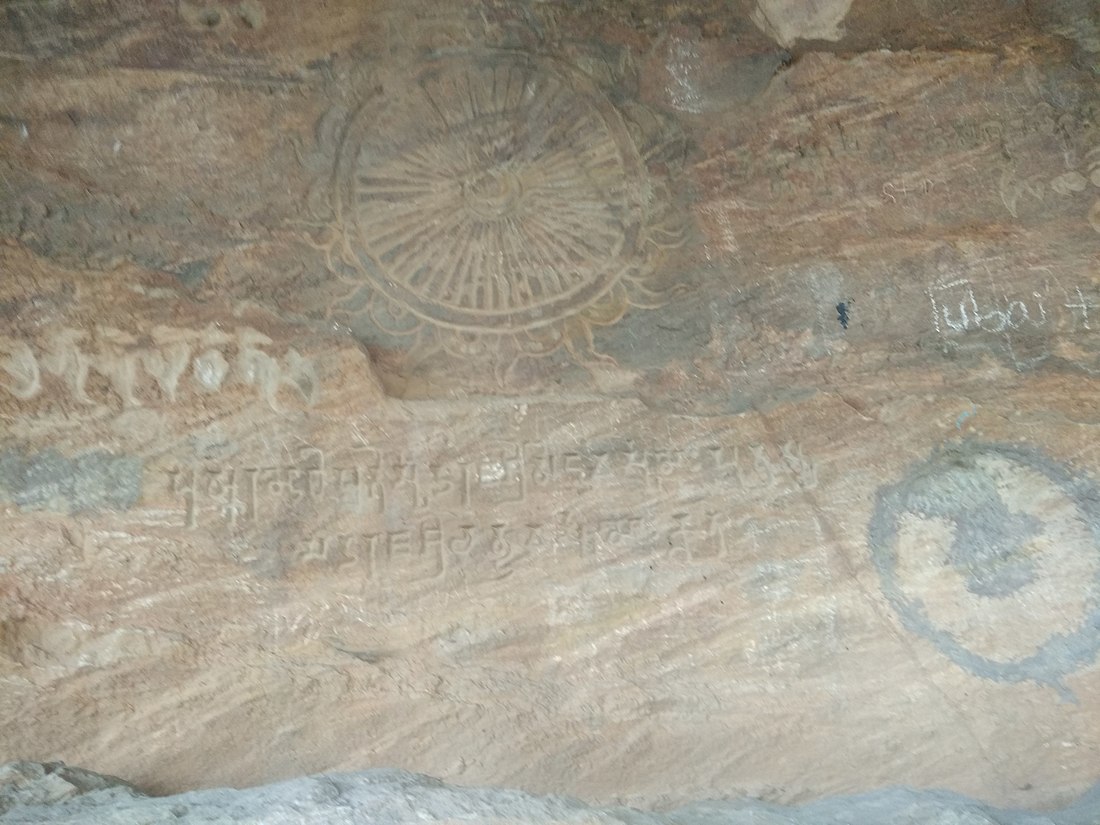Top Qs
Timeline
Chat
Perspective
Chandravarman
4th-century king of Pushkarana From Wikipedia, the free encyclopedia
Remove ads
Chandravarman (4th century CE) was a king of the Pushkarana kingdom in the Bankura district of West Bengal.[1][2] The kingdom was established shortly before the advent of the Gupta Empire, and was located to the west of the Samatata kingdom of eastern Bengal.[1]

Chandravarman was the son of king Simhavarmana. He extended his kingdom to the east towards the Faridpur district.[1]
According to the inscription on the Allahabad pillar by Gupta emperor Samudragupta, Chandravarman was defeated by Samudragupta and the area became a part of the Gupta Empire:[1]
"(L. 21.)- (Samudragupta,) who abounded in majesty that had been increased by violently exterminating Rudradeva, Matila, Nāgadatta, Chandravarman, Ganapatināga, Nāgasena, Achyutanandin, Balavarman, and many other kings of (the land of) Āryāvarta; -who made all the kings of the "forest countries" to become (his) servants."
Alternatively, the Chandravarman named in the inscription could be a ruler named on an inscription found in Mandsaur in Malwa.[2]
The defeat of Chandravarman paved the way to Gupta suzerainty over Bengal.[1]
Chandra Barma, king of Malwa, invaded Mallabhoom in the fifth century A. D. [As Susunia Inscriptions (discovered by N. N. Basu) and H. P. Sastri's article (in the Antiquary) Show][clarification needed] Samudra Gupta conquest in the fourth century A. D.[clarification needed][3]
Remove ads
References
Sources
Wikiwand - on
Seamless Wikipedia browsing. On steroids.
Remove ads
